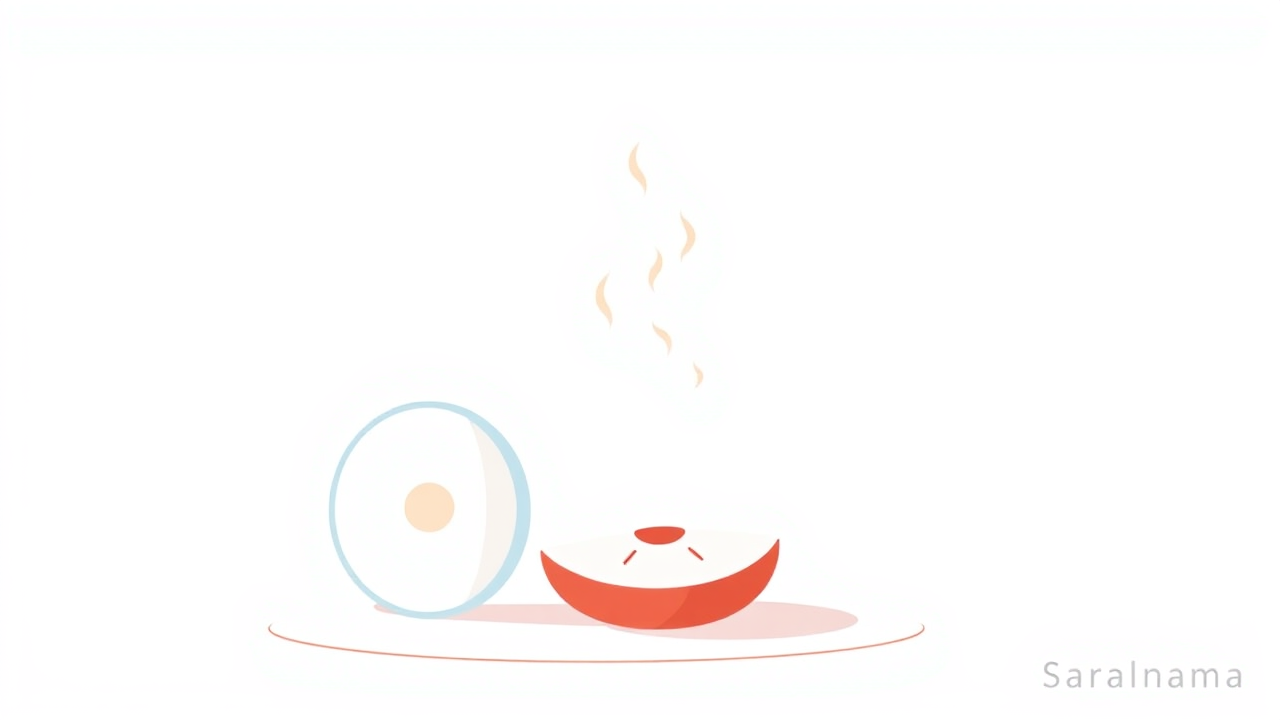Fasting is widely practiced for fitness, diet, and religious reasons. While methods vary, experts emphasize that how you break a fast matters as much as the fast itself. French biochemist Jessie Inchauspé recently highlighted that the first foods eaten after fasting enter the bloodstream directly, making food choices crucial. She warns against starting with sugars or starches, which can cause glucose spikes. Nutrition and medical professionals recommend beginning with nutrient-rich, easily digestible foods that stabilize blood sugar. Starting with fluids like water or bone broth, followed by fruits, protein, and healthy fats, helps the digestive system adjust gradually. Avoiding heavy, sugary, or starchy foods prevents energy crashes and digestive discomfort. People with conditions like diabetes, hypertension, or kidney disease need extra caution. A staggered approach, with a small meal first and the main meal one to two hours later, supports steady energy levels and metabolic balance.

Recommended foods and what to avoid when breaking a fast
Ashlesha Joshi, senior consultant nutritionist, recommends starting with fluids like water, diluted lemon water, or bone broth to rehydrate. Follow with fruits such as berries or papaya for hydration and fiber, a boiled egg or Greek yogurt for protein, soaked almonds or olive oil for healthy fats, and lightly steamed vegetables. Warm soups or broths are soothing, especially after longer fasts. Avoid sugary or starchy foods like white bread, pastries, or sweetened drinks. After fasting, the body experiences enhanced insulin sensitivity. A sudden intake of sugar or refined starch causes a rapid blood glucose spike, followed by a sharp crash, leaving you tired, irritable, and hungry soon after eating.
Source: Link
